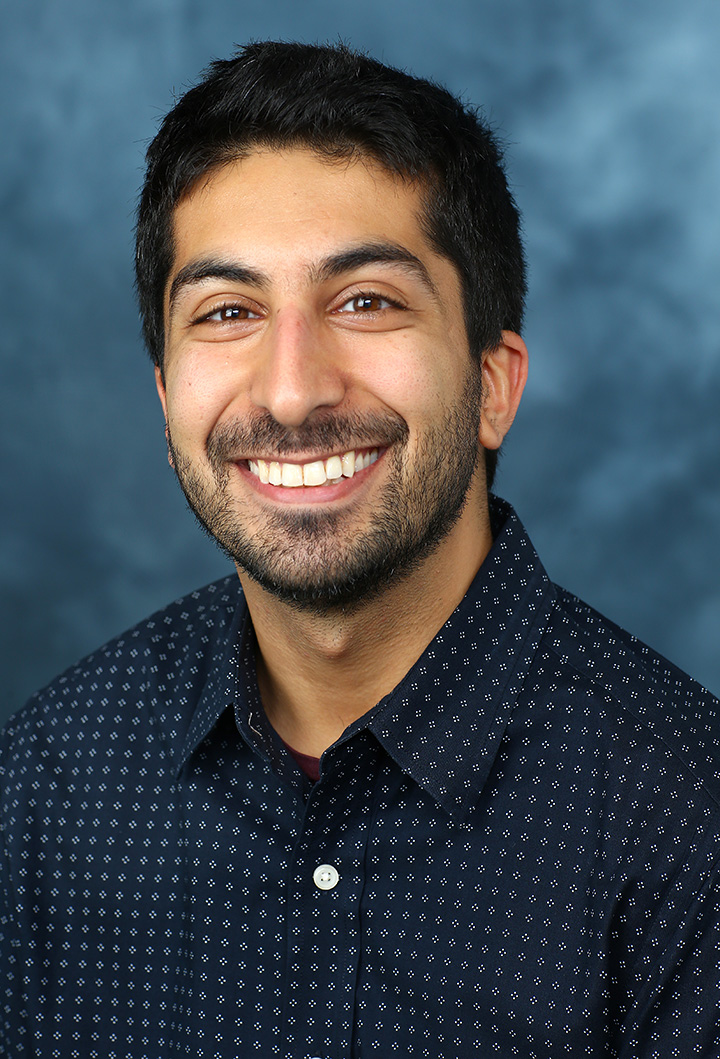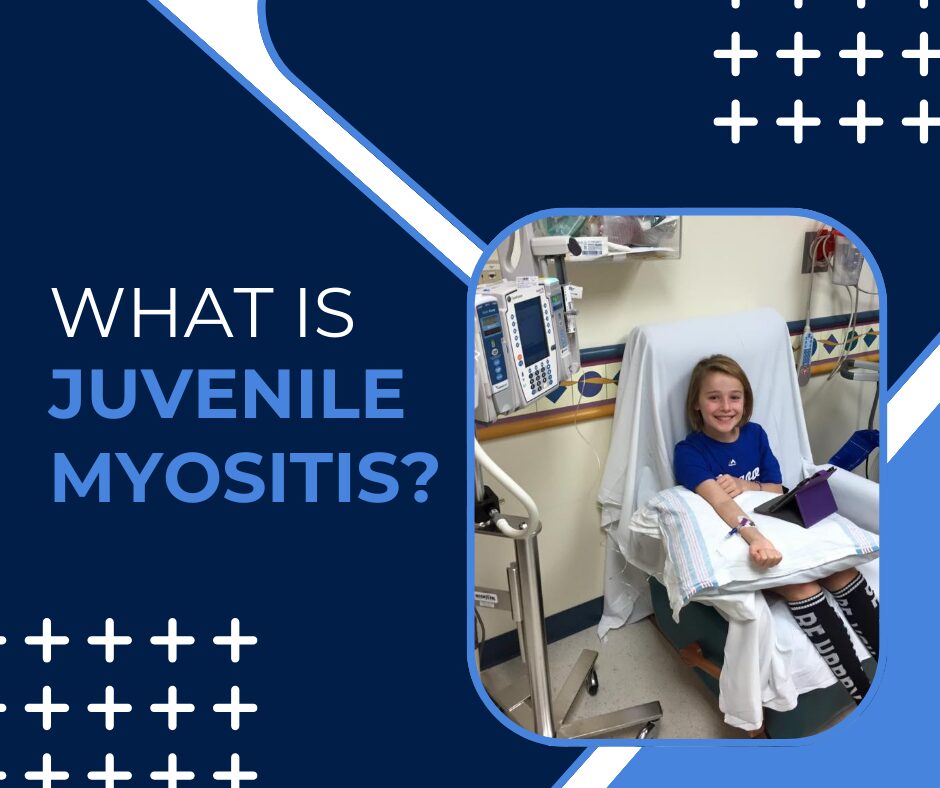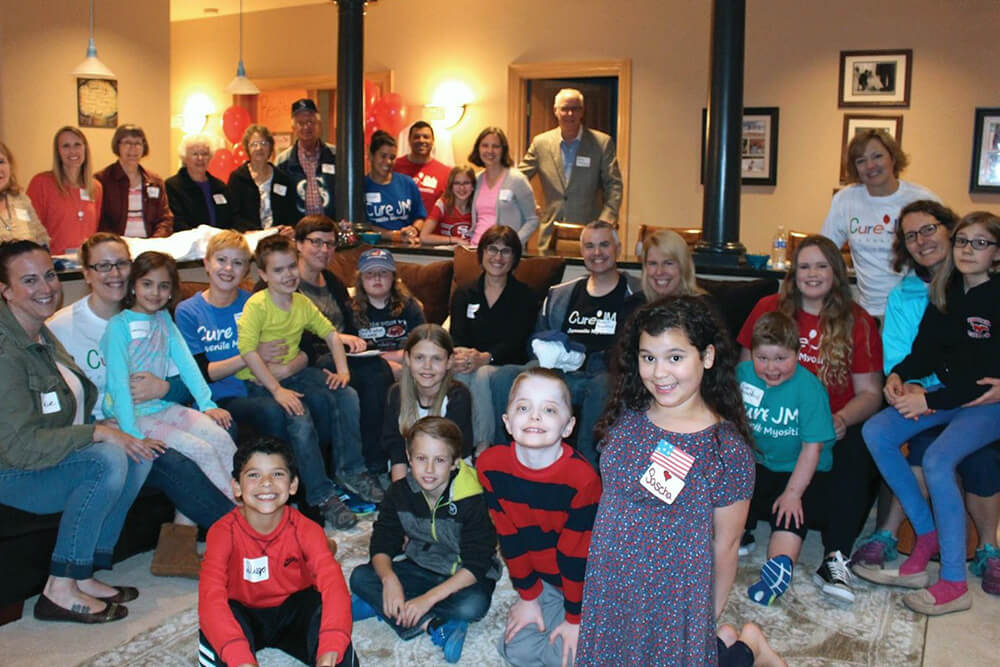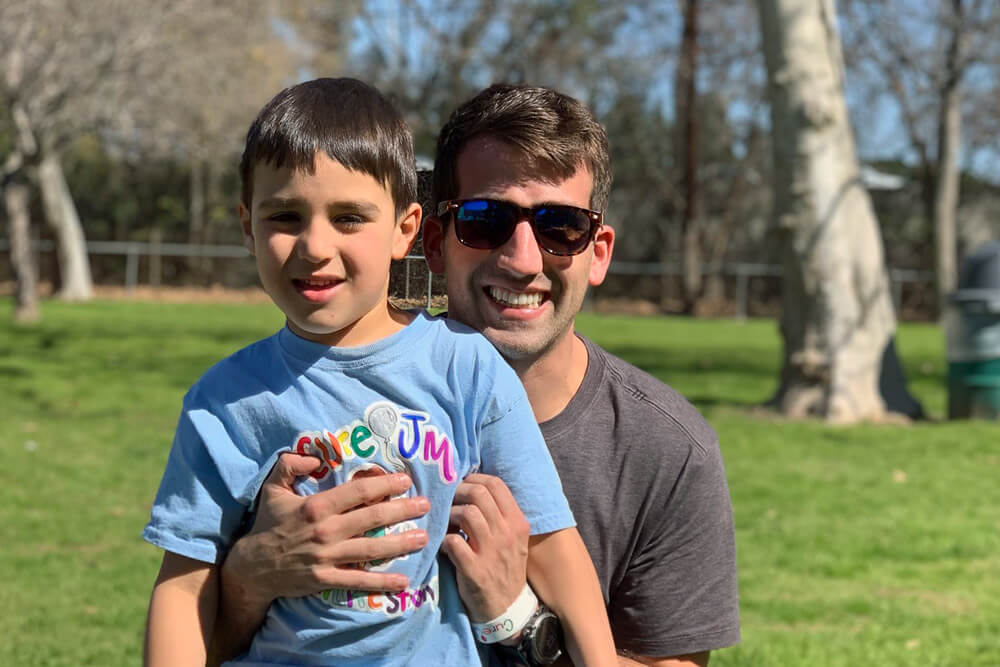Depression and anxiety are common mental health conditions that can be found in children, teens, and adults for various reasons. Kids with JDM, however, experience depression and anxiety at 2-3 times a higher rate than their peers.1 We hope that by outlining the common signs and symptoms of depression and anxiety, you can better support your JM child.
Depression is a common mental health condition that causes someone to be in a sad or irritable mood for an unusually long period. It’s normal for children to feel down when bad things happen, but a child with depression doesn’t feel better if things change. Though depression usually begins during the teenage years, kids as young as two can also experience depression, and girls are diagnosed twice as often as boys.
The biggest sign of depression is a change in mood. A depressed child will feel sad or irritable—quick to anger over very small things—most of the time and lose interest in things they typically enjoy.2 They might also display somatic symptoms like headaches and stomach aches unrelated to their disease, and therefore more difficult to diagnose.
Other Depression Symptoms Include:
Pre-Schoolers: 3
- Frequent crying
- Disinterested in playing
- Appear very anxious (see anxiety symptoms below)
School Aged Children:
- Feeling hopeless
- Lacking energy or being tired all the time
- Trouble concentrating
- Poor performance or poor attendance at school
- Low self-esteem or saying negative things about themselves
- Eating too little or too much
- Gaining or losing a lot of weight
- Trouble sleeping
- Thinking about or attempting suicide
Teens:
Since adolescents are often moody, it can be difficult to recognize when your son or daughter has become depressed and may need help. Withdrawal and loss of interest are generally the first things parents notice. There might be other changes in their mood, including sadness or irritability. Changes in behavior, including appetite, energy level, sleep patterns and academic performance, are other signs of depression. If several of these symptoms are present, be vigilant about the possibility of teen depression. 4
Other Signs of Depression in Teens:
- Drug and alcohol abuse
- A retreat from friends and social events
- Self-harm behaviors
- Thinking about or attempting suicide
Signs of Anxiety in Children and Teens: 5 (en Español) 6
Anxiety has similarities to depression, but also some differences. 7
When a child does not outgrow the fears and worries typical in young children, or when so many fears and worries interfere with school, home or play activities, the child may be diagnosed with an anxiety disorder. These symptoms must be persistent and almost daily for six months. Examples of different types of anxiety and their disorder include:
- Being very afraid when away from parents—separation anxiety.
- Having extreme fear or phobias about a specific thing or situation, such as dogs, insects, or going to the doctor. For kids with JDM, anxiety about hospitals, doctors, and treatments are common.
- Being afraid of school and other places where there are people—social anxiety.
- Being very worried about the future and about bad things happening—general anxiety.
- Having repeated episodes of sudden, unexpected, intense fear that come with symptoms like heart pounding, having trouble breathing, or feeling dizzy, shaky, or sweaty—panic disorder.
- Trouble concentrating–general anxiety.
- Tantrums by young children—social anxiety.
- Being very self-conscious—social anxiety.
Anxiety may present as fear or worry, making children irritable and angry. Anxiety symptoms can also include trouble sleeping and physical symptoms like fatigue, headaches, or stomachaches. Some anxious children keep their worries to themselves; thus, the symptoms can be missed.
1 curejm.org/wp-content/uploads/CureJM-Family-Emotional-Health-Andrea-Knight.pdf
2 childmind.org/article/what-are-the-kinds-of-depression/
3 ncbi.nlm.nih.gov/books/NBK279290/
4 childmind.org/article/what-are-the-symptoms-of-depression-in-teenagers/
5 cdc.gov/childrensmentalhealth/depression.html
6 seattlechildrens.org/globalassets/documents/for-patients-and-families/pfe/pe1492s.pdf
7 childmind.org/guide/anxiety-in-children-quick-guide/
Join other JM Parents and Caregivers via Facebook.

“Even with the best medical care available, children with JM and their families often experience emotional health challenges such as depression, anxiety, and grief. Pediatric rheumatologists want to address these emotional challenges but often encounter difficulties connecting families with effective support. Cure JM has been instrumental in highlighting the importance of emotional health for children with JM and their families and building resources to foster their well-being.”
Kaveh Ardalan, MD, MS Pediatric Rheumatologist Duke University, Co-Director Cure JM Center of Excellence




